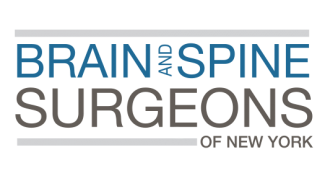
Craniocervical Abnormalities
Craniocervical junction abnormalities are essentially cervical spine defects in the highly complex area where the upper cervical spine and skull join together. These abnormalities can squeeze and damage the spinal cord nerves, which lead directly to the brainstem and brain. Craniocervical abnormalities may weaken the spine and cause serious neurological disorders.
While craniocervical abnormalities may be present at birth, they may also develop later in life as a result of disorders or injuries.
Symptoms
Symptoms of this condition include:
- A burning sensation that spreads down legs, buttocks, or arms
- Weakness, numbness, or cramping in hands
- Numbness in feet
- Back stiffness and pain
- Ear ringing and pain
- Involuntary movement of the eyes
- Difficulty with leg and hand coordination
- Off-balance feeling
Treatment
Craniocervical abnormalities must be diagnosed through a CT scan or MRI. After diagnosis, the treatment typically involves reduction then stabilization with an external device or through surgery. The surgical treatments may include:
- A surgical procedure to stabilize the spine
- Surgical decompression to help alleviate the pressure on the spine and brain
- The Expanded Endonasal Approach (EEA) is a minimally invasive procedure where the surgeon accesses the skull through the nasal cavity. This process results in no incisions, faster recovery, and a shorter hospital stay in comparison to traditional brain surgery.










